In India, encounters with stray dogs are part of daily life. While many dogs appear harmless, even a minor scratch or lick on broken skin can expose a child to life-threatening infections such as rabies. The World Health Organization (WHO) estimates that India accounts for 36% of global rabies deaths, with children under 15 forming a major share of victims. For parents, knowing exactly what to do in the critical minutes and hours after a bite can save a child’s life.
Step 1: Stay Calm and Assess the Situation
Children often panic after a dog chases or bites, and parents may react emotionally. Remaining calm helps in two ways: it reassures the child, and it ensures that proper first-aid measures are carried out without delay.
- Check if the injury is a scratch, bite, or lick on broken skin.
- Note if the dog was stray, unknown, or visibly sick/aggressive.
- Identify the time of the bite—this is important for doctors when planning rabies vaccination.
Step 2: Immediate Wound Care at Home
Wound care is the single most effective way to reduce the risk of rabies and infection. Studies show that washing a bite wound thoroughly can lower rabies risk by up to 90%.
- Wash the wound under running tap water for 15 minutes with soap (preferably antiseptic soap).
- Do not scrub aggressively, but ensure dirt and saliva are flushed out.
- Avoid applying irritants like chilli, lime, turmeric, or oils: these delay medical treatment.
- If available, apply a povidone-iodine or chlorhexidine solution after washing.
- Do not stitch or bandage tightly unless directed by a doctor.
Step 3: Stop the Bleeding and Protect the Wound
- If the wound is bleeding, apply gentle pressure with a clean cloth or sterile gauze.
- Leave the wound open for air circulation after washing: cover only if necessary to control bleeding.
Step 4: Seek Medical Care Immediately
Every bite or scratch from a stray dog should be treated as a medical emergency. Even if the wound looks small, rabies cannot be taken lightly. Take your child to the nearest government hospital, primary health center, or private hospital that provides rabies prophylaxis.
At the hospital, doctors will decide on:
- Rabies vaccine (Post-Exposure Prophylaxis, PEP) – a series of 4–5 injections given in the arm over 2–4 weeks.
- Rabies Immunoglobulin (RIG) – for severe bites (Category III), injected around the wound to neutralize the virus.
- Tetanus vaccine/booster – as dog bites are considered contaminated wounds.
- Antibiotics – if there is a high risk of bacterial infection.
Step 5: Watch for Signs of Complications
After the initial treatment, parents should continue monitoring the child’s wound and overall health.
- Look for redness, swelling, pus, fever, or increasing pain. These may indicate infection.
- Complete the full vaccine schedule: do not skip doses, even if the wound heals quickly.
- Keep follow-up appointments with the doctor.
Step 6: Prevention for the Future
While parents cannot control the number of stray dogs on the streets, they can reduce risks:
- Teach children never to provoke or play with unknown dogs.
- Avoid areas with large packs of strays, especially at night.
- Encourage calm behavior—running or screaming often triggers dog aggression.
- Supervise young children while they play outdoors.
Emotional Support for Children
Beyond the physical injury, a dog attack can be frightening. Some children may develop anxiety about going outside or seeing dogs again. Parents should:
- Talk openly and reassure them that they are safe.
- Avoid using fear to discipline the child about dogs.
- If fear persists, seek support from a pediatric counselor.
Conclusion
Stray dog encounters are unpredictable, but parental preparedness makes all the difference. Immediate washing of the wound, urgent medical care, and completing the rabies vaccination schedule are non-negotiable steps that can save lives. By staying calm, following the right first-aid measures, and ensuring preventive care, parents can protect their children from both the physical and emotional impact of stray dog bites.
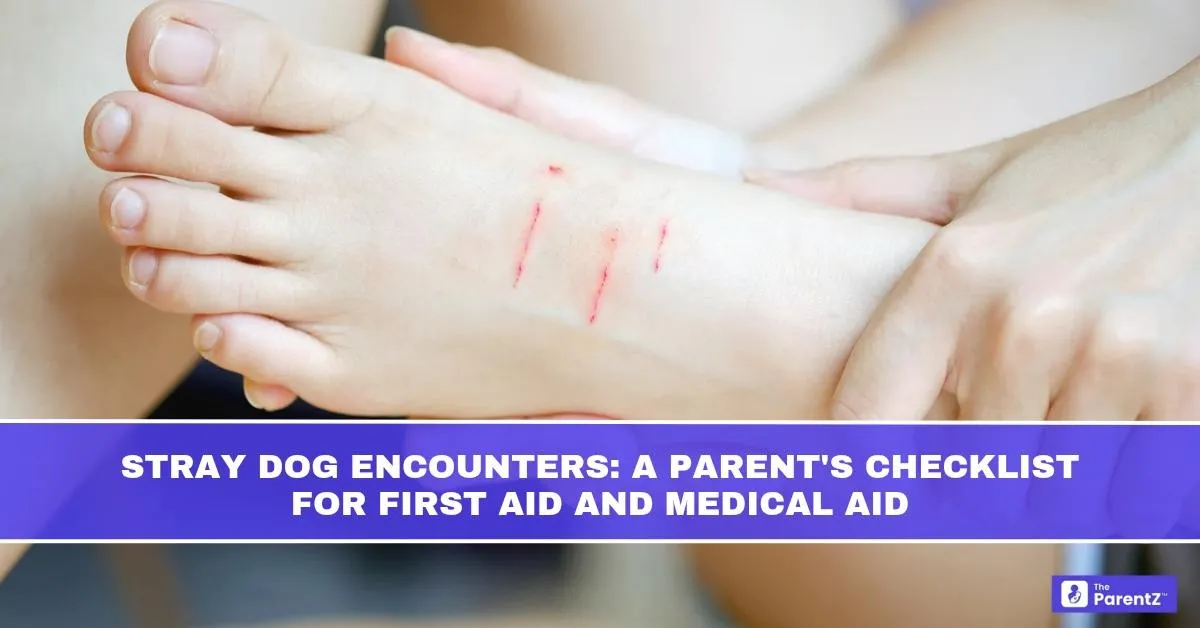



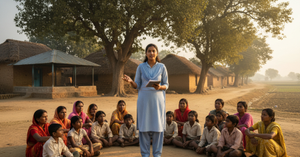
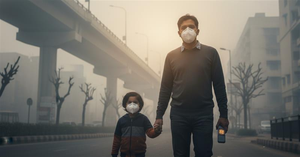
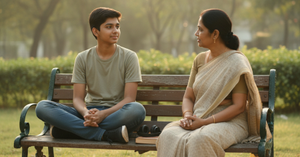
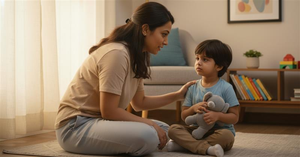
Be the first one to comment on this story.